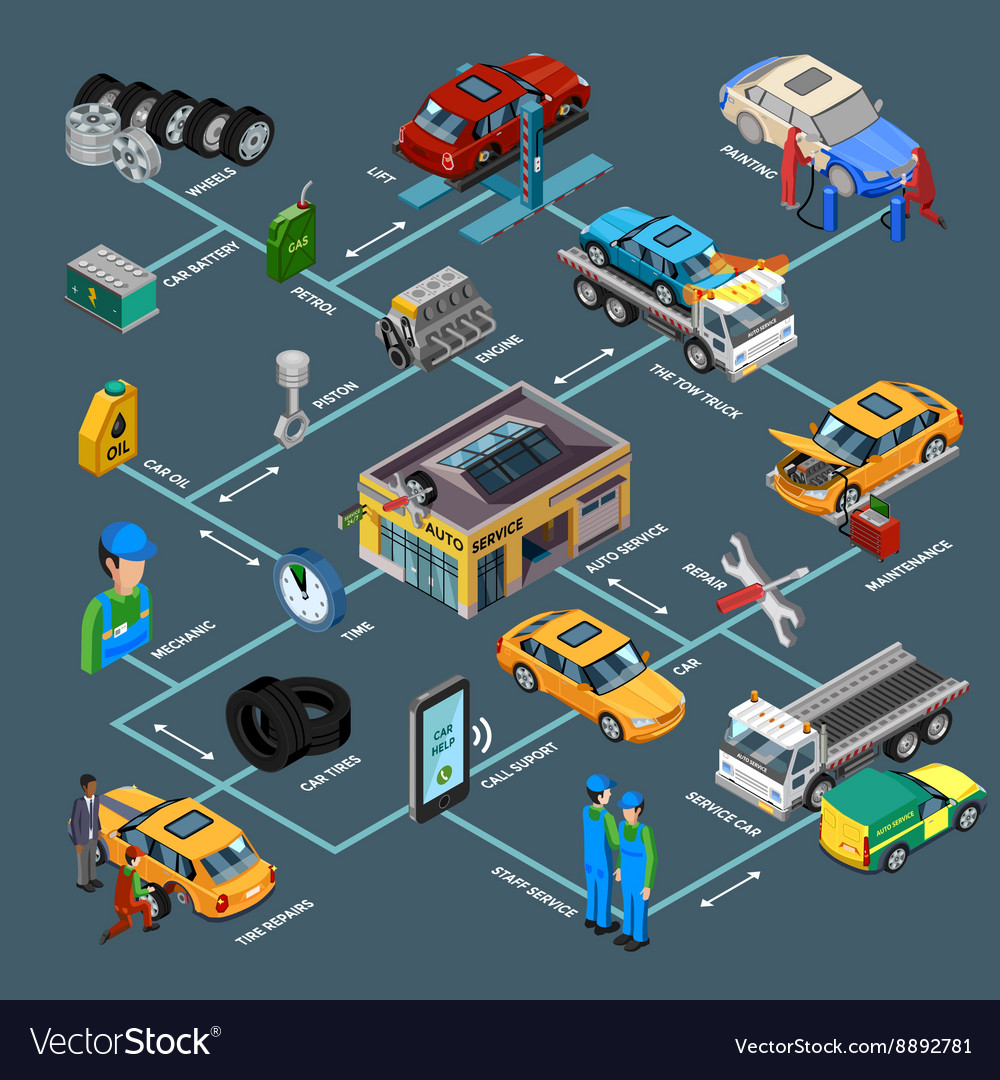Understanding The Definition Behind Your Automobile'S Warning Lighting: An Extensive Appearance
Understanding The Definition Behind Your Automobile'S Warning Lighting: An Extensive Appearance
Blog Article
Created By-Termansen Alvarado
When you lag the wheel, those glowing caution lights on your control panel can be a bit difficult. Do you recognize what they're trying to inform you concerning your automobile's health? Understanding the importance of these lights is crucial for your safety and security and the durability of your automobile. So, the following time one of those lights turns up, would not you intend to understand its message precisely and take the required steps to address it?
Common Warning Lights and Interpretations
Determine typical caution lights in your vehicle and recognize their significances to make sure risk-free driving.
view website consist of the check engine light, which signifies concerns with the engine or emissions system. If this light comes on, it's important to have your vehicle checked promptly.
The oil pressure warning light suggests reduced oil pressure, requiring prompt attention to prevent engine damages.
A blinking battery light might suggest a defective billing system, possibly leaving you stranded otherwise resolved.
The tire pressure surveillance system (TPMS) light signals you to reduced tire pressure, influencing vehicle stability and fuel efficiency. Disregarding this might result in risky driving problems.
The ABS light suggests a trouble with the anti-lock stopping system, compromising your capability to stop quickly in emergency situations.
Finally, the coolant temperature level advising light warns of engine overheating, which can lead to extreme damage if not dealt with swiftly.
Comprehending these typical caution lights will certainly assist you address issues promptly and maintain safe driving conditions.
Significance of Prompt Interest
Recognizing the usual warning lights in your automobile is only the very first step; the significance of without delay resolving these warnings can't be highlighted sufficient to ensure your security on the road.
When a caution light illuminates on your dashboard, it's your vehicle's method of interacting a prospective issue that needs interest. Overlooking https://daltontnibv.blogoxo.com/32258162/mobile-vehicle-detailing-comfort-satisfies-high-quality-for-your-lorry can bring about extra severe problems in the future, endangering your safety and possibly costing you more out of commission.
https://www.repairerdrivennews.com/2022/03/28/chip-shortage-could-mean-more-parts-research-for-repairers/ to alerting lights can prevent failures and accidents. For example, a blinking check engine light can suggest a misfire that, if left neglected, could cause damage to the catalytic converter. Addressing this immediately can save you from a pricey repair work.
Similarly, a brake system cautioning light may signal reduced brake fluid or worn brake pads, essential components for your safety when driving.
DIY Troubleshooting Tips
If you discover a caution light on your control panel, there are a few DIY fixing suggestions you can attempt prior to looking for specialist aid.
The first step is to consult your auto's handbook to recognize what the particular warning light shows. In some cases the concern can be as basic as a loosened gas cap triggering the check engine light. Tightening up the gas cap may resolve the issue.
Another common concern is a reduced battery, which can set off various cautioning lights. Inspecting the battery links for deterioration and guaranteeing they're protected could deal with the trouble.
If a caution light continues, you can try resetting it by detaching the automobile's battery for a couple of mins and then reconnecting it. In addition, checking your automobile's fluid degrees, such as oil, coolant, and brake fluid, can aid troubleshoot advising lights associated with these systems.
Verdict
To conclude, recognizing your car's caution lights is important for keeping your vehicle running efficiently and safely. By quickly addressing these alerts and knowing what they indicate, you can stay clear of expensive fixings and possible failures.
Remember to consult your vehicle's handbook for particular information on each cautioning light and act as necessary to make sure a hassle-free driving experience.
Stay informed, stay secure on the road!
